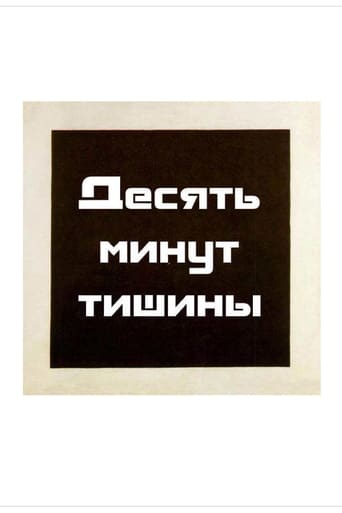
10 Nov 1997

Ten Minutes of Silence
The mute documentary-experimental film "Ten Minutes of Silence" is a film expression of the trends embodied in the painting "Black Square" by Malevich and J. Cage in music.
Trance dance and water implosion, a line drawn between secular freak-outs and religious phenomena. Shot in a single-take at a sacred site on the Upper Suriname River, the minor secrets of an animist are revealed as time itself is undone. Rites are the new Trypps, embodiment is our eternal everything.

10 Nov 1997

The mute documentary-experimental film "Ten Minutes of Silence" is a film expression of the trends embodied in the painting "Black Square" by Malevich and J. Cage in music.
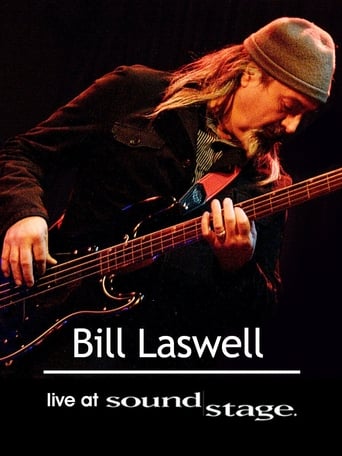
13 Jul 2006

Throughout three decades, Bill Laswell has been a constant innovator, fusing seemingly disparate genres into a whole new sound. Touching upon everything from worldbeat, funk, rock, hip-hop and jazz, there are no limits to his experimental approach. Among his many talents is his ability to bring together well-matched singers and players to create a distinct style that defies easy classification. His Soundstage episode embodies his unique approach, transcending any genre boundaries and delivering an engaging performance. From the World Beat of Tabla Beat Science, to the jazzy flavors of Pharoah Sanders backed by Material, it’s an exciting mix. Other surprises include a rocking Buckethead set that includes a little breakdancing and songs by Praxis. The show culminates with an all-star performance, funked up by Bootsy Collins.
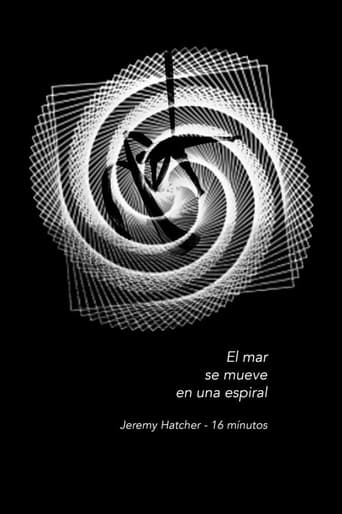
10 Jan 2018

Photographic and sound story, through the encounter of characters with their stories of a time without end.
01 Jan 2017
In Swole I continue to document my commitment to an intensive and transformative gym and diet regimen, as well as the communities that form around such activities, sustaining themselves through texting and sharing videos and photos on social media. I learn the vocabulary of my new community.
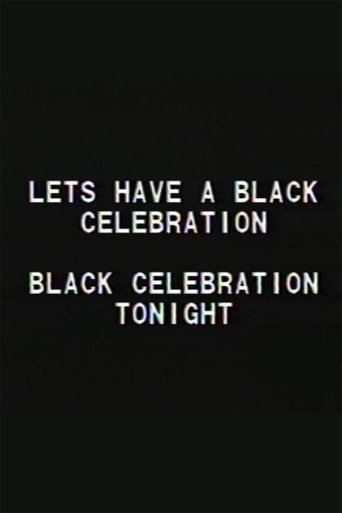
26 Feb 1988

This engaged reading of the urban black riots of the 1960s references Guy Debord’s Situationist text, “The Decline and Fall of the Spectacle-Commodity Economy,” Internationale Situationniste #10 (March 1966). Along with additional commentary adapted from Barbara Kruger and musicians Morrissey and Skinny Puppy, the text posits rioting as a refusal to participate in the logic of capital and an attempt to de-fetishize the commodity through theft and gift. Cokes asks, “How do people make history under conditions pre-established to dissuade them from intervening in it?”
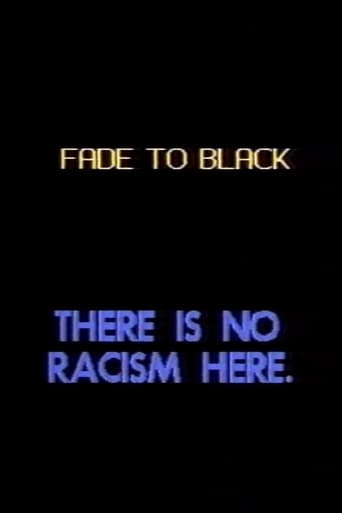
26 Feb 1990

In this meditation on contemporary race relations, two black men discuss in voiceover certain “casual” events in life and cinema that are unnoticed or discounted by whites—gestures, hesitations, stares, off-the-cuff remarks, jokes—details of an ideology of repressed racism.

28 Nov 2018

A fantasia of post-indoctrination, immigration, and iconography. A pageant of wanderers and searchers: Mormon missionaries, a pioneer, polygamists, scouts, hunters, church-goers, and an aspiring prophet walk and walk and walk. A pilgrimage of memory, history, ancestry, and place.
30 Nov 1968
John H. Whitney Sr. explains the graphic art potential of the computer and the methods and philosophy involved in his computer filmmaking. Preserved by the Academy Film Archive in 2012.
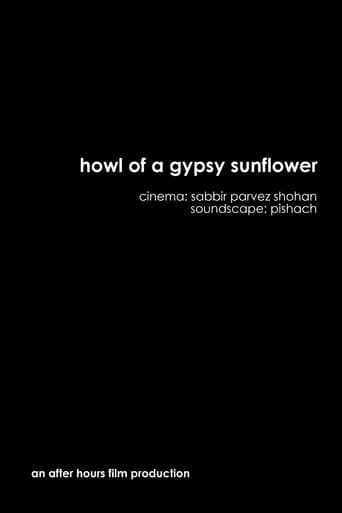
07 Jun 2018

A dark and visceral journey. A language that tears apart the morbid nature of the dead-old primal human eyes. No warning was given. No mercy was shown.
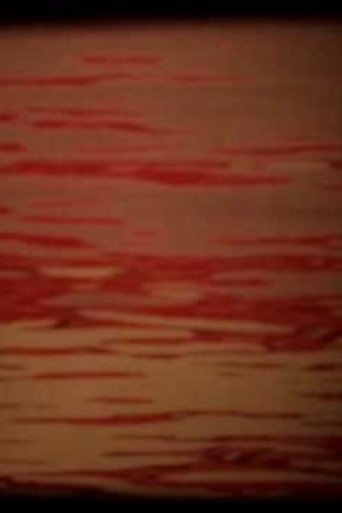
31 Dec 1964

Montage of water related subjects.
31 Dec 1968
Experimental short film about car wreckage and automobile safety.
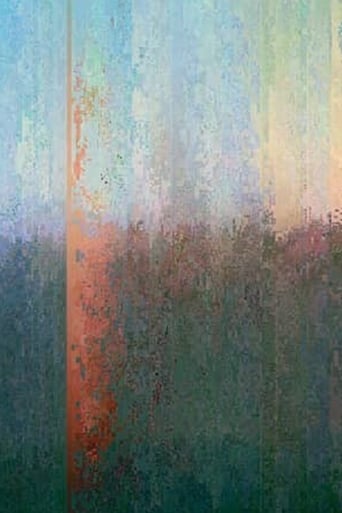
05 Sep 2019

A 1963 timelapse recording shows the effects of air pollution during an entire day on Santa Monica Bay in Los Angeles. A machine interpretation of an unstable version of the original file is divided into slits and rearranged in time, giving rise to a time panorama that mirrors an uncertain, abstract future lying ahead of us.
30 Jan 2012
This documentary interweaves celluloid and voice recordings by Maya Deren, and colleagues who knew her firsthand: Jean Rouch, Jonas Mekas, Alexander Hammid, Cecile Starr etc. Maya Deren (1917-1961) was an experimental filmmaker. In the 1940s and 1950s she made several influential avant-garde films, such as Meshes of the Afternoon (1943). Images from this and her other work are used in this documentary. You can also hear her voice, as well as accounts by contemporaries such as Jean Rouch and Jonas Mekas.
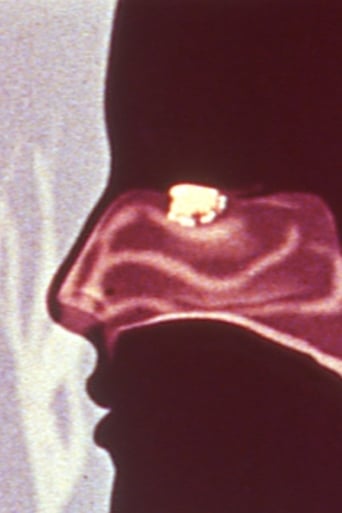
18 Feb 2006

Film artist Jennifer Reeves and musician Anthony Burr collaborated to make this live film and music performance, which mixes and subverts symbols of science, industry, medicine and madness. Up to 4 screens and 4 channels of multi-layered music immerse the audience in colorful rhythmic molecular forms, morphing frequencies and visual textures, which are broken down to the particle. Found images from the 20th century educational films are sewn together with melted down pharmaceuticals affixed directly to the film, and form a concentrated fusion with pulsating electronic sounds and an acoustic multi-tonal bass clarinet. Illustrations of brain dendrites, synapses, waveforms and assembly lines personify the movement of frequencies and light as they envelop the audience. As the performance ensues, the intensity builds to a point of irresistible danger and rupture.
09 May 2015
From Angry Bible Thumpers to Infamous Hall H Lines, This is an Appropriated Video Essay Covering the Negative Changes that San Diego Comic Con Has Gone Through This Passed Decade Alone.
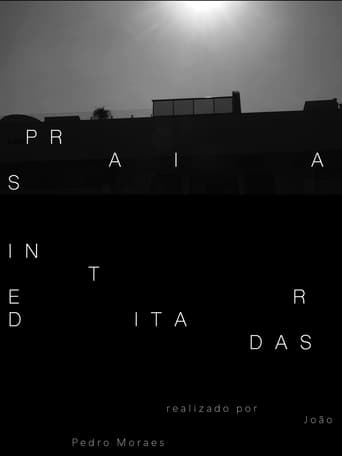

Beaches are closed during the COVID-19 pandemic. Nevertheless, the middle class must survive the tropicals.
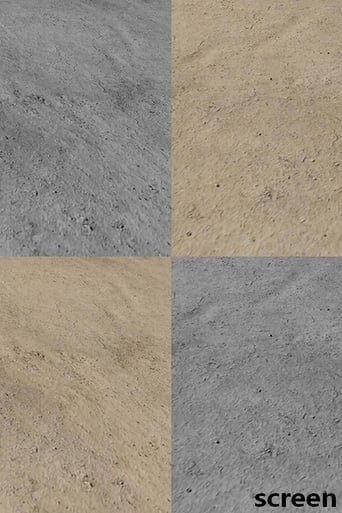
27 Apr 2018

“While he mused on the effect of the flowing sands, he was seized from time to time by hallucinations in which he himself began to move with the flow.“ (Kōbō Abe) Liminal zones. Floating particles. Fire, water, earth, air. Voices of fictional characters: sometimes suggestive, sometimes strict, leading the viewer away from the here and now. Who's talking? The relationship between the hypnotized subject and the hypnotist is mirrored in the spectator's relationship to the screen.

01 May 2007

This episode focuses on Zappa's early 70s albums, Overnight Sensation (1973) and Apostrophy (') (1974). Together they encapsulate Zappa's extraordinary musical diversity and were also the 2 most commercially successful albums that he released in his prolific career. Included are interviews, musical demonstrations, rare archive & home movie footage, plus live performances to tell the story behind the conception and recording of these groundbreaking albums. Extras include additional interviews and demonstrations not included in the broadcast version, 2 full performances from the Roxy in 1973 and Saturday Night Live in 1976, and new full live performance done specially for these Classic Albums.
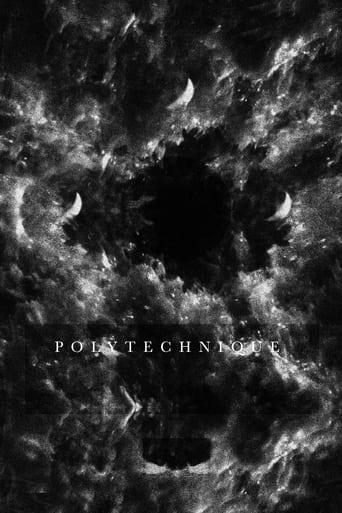
07 May 2014

An audio-visual collaboration between Italian ambient/drone musician, Easychord and UK filmmaker, Scott Barley. Guided by Easychord's haunting, bodily piece, the Scott Barley's visuals explore and invoke the concepts of prisoner's cinema, stream of consciousness, repetition, the primordial body, fundamental entities, and astral planes.
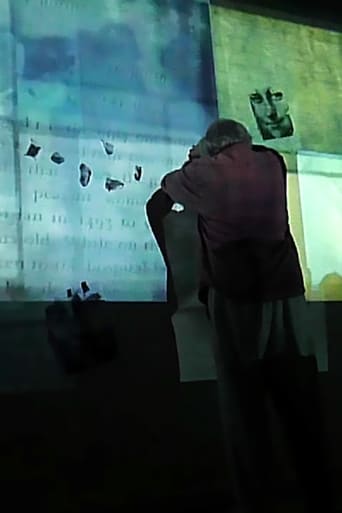
28 May 2016

"This installation or performance work puts my own earlier film of the Mona Lisa (1973) through another stage of transformation – my own irretrievable self of some 34 years ago is now also part of the subject I first saw the ‘actual’ ‘Mona Lisa’ when I was about thirteen. Of course I had seen dozens of reproductions in books and postcards by then and the popular mythology of the enigmatic smile was already well engrained in my mind. My strongest impression, as I recall, was how small and unsurprising it was – a heavily protected cultural icon – no longer really a picture – and I was much more excited by the painting of the distant landscape than by the face. My own ‘version’ of ‘la Giaconda’ was never an homage, nor like Marcel Duchamp’s ‘L.H.O.O.Q’, an attack on its cultural power. Instead it came from a fascination with change and transformation – maybe also with arbitrary appropriation." Malcolm Le Grice